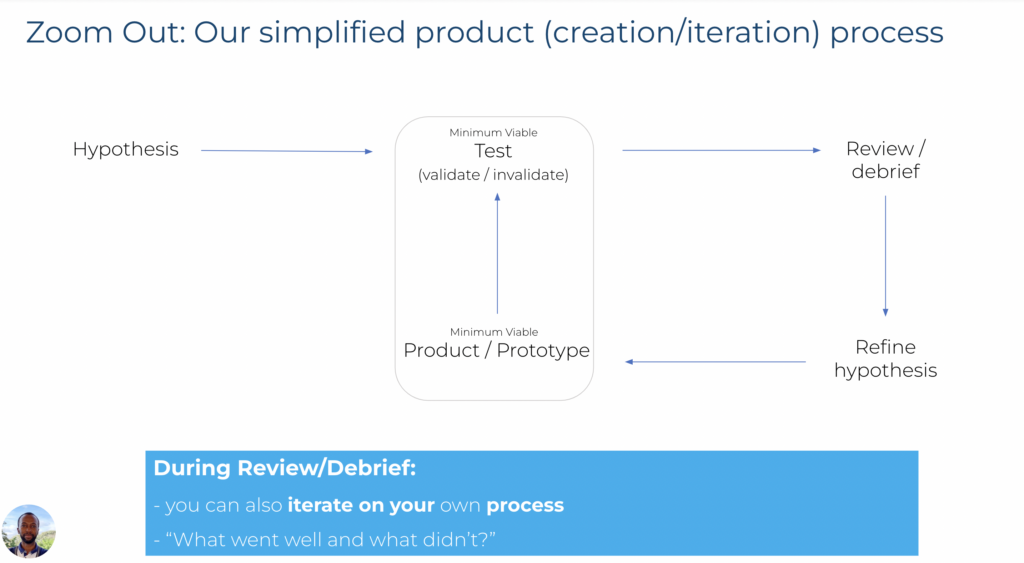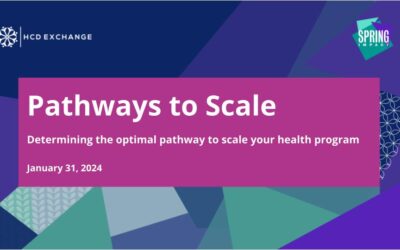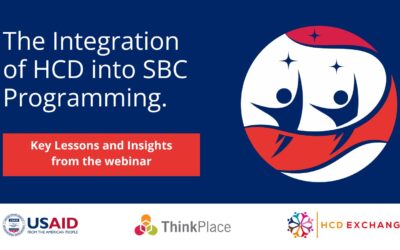How can we ensure that we are building a solution that is useful and uniquely suited for the target user? The process starts with conducting user research and user testing. User research is concerned with understanding the users, their behaviors, needs and preferences. It involves gathering data through a diverse range of research methods such as interviews, surveys and observations. User testing evaluates how usable your solution, service or product is.
“Building a useful solution starts with talking with and learning from the real experts, that is, the people who will be using these services.” Alex Royea, CEO & Cofounder, Wazi.
While the objective of user research is to get insights into user’s motivations, goals, and the context in which they interact with a solution, the primary goal of user testing is to identify user experience pain points as testing allows you to get real-time feedback on specific design elements.
Conducting user research during the initial stages of the design process is important in order to establish a solid understanding of your users and their requirements. Following the research phase, user testing is employed once the prototype for a solution or product has been designed.
“Thinking about user research and testing at a macro level is being actively curious about your users and using processes to help you learn more about them,” David Henia, CTO & Cofounder, Wazi.
Why is user research important?
User research is helpful for:
- Helping to understand user needs
- Building knowledge and understanding around the goals, motivations and pain points of a target audience thus enabling design solutions that truly meet the user’s needs
- Validating assumptions about the target users and testing them against their reality. By understanding what the users want, we are able to separate facts from fiction and make informed decisions based on the actual insights
- Improving usability for a solution, product or service so designers are able to identify abilities of the product, discovering areas of improvement and optimizing user experience
- Reducing risks and costs – conducting user research helps to minimize the risk of developing products that fail in the market and that require expensive redesigns to meet the objective
“User research is not a nice-to-have. It is an essential component of any successful product development process that is core to delivering products and services that are aligned with expectations of the users. This leads to higher user satisfaction thus fostering loyalty, business growth and above all, making a difference in people’s lives.” David Henia.
Wazi’s User Research Process
Wazi’s user research process takes a simplified approach which is made up of three pivotal stages. These are:
Hypothesis stage; This is the stage where you come up with a hypothesis. The hypothesis is your idea of a product or service.
Testing stage; Here the goal is to test to validate or invalidate your hypotheses. The questions to guide this stage are twofold:
- What do I need to build to validate the hypothesis?
- What is the smallest test I can run to get the information needed?
These questions will help you identify the tests you want to build on. This could be A/B tests, surveys or interviews, or some combination of these.
Review/debrief stage: This allows you to go over what was covered during the tests. i.e. What did you learn? What didn’t work out in the testing? What kind of improvements are needed? These insights will allow you to identify what needs to be addressed and iterate as needed.
The diagram below shows the high level process in practice:

Preparing for User Research
In order for a user research exercise to be efficient, best practices that help to achieve the most effective outcomes need to be considered.
Here are a few tips from the Wazi experts:
- Have a clear understanding of what it is that you want to learn. This will help in working with a lean scope that focuses on the problem you are looking to address
- Define your audience. Know who your target audience is and what you are looking to learn from them
- Write out a script. Having a script helps to get to the core of the problems identified
- Recruit the right participants who represent your user group
- Identify a note taker who will take notes that closely reflect what is being said (true verbatim)
User Research Methods
Qualitative Research
Qualitative research focuses on gathering rich descriptive data through techniques such as interviews, observations and focus groups. This approach assists in attaining a deeper understanding of user experiences, behavior, and different motivations. Examples include in-depth interviews, usability testing and diary studies.
Quantitative research.
Quantitative research measures user preferences, behaviors and satisfaction levels on a larger scale which is helpful for quantifying user preferences and validating hypotheses. Examples of quantitative research methods are: online surveys, experiments, A/B testing and web analytics.
“The choice of methodology is highly dependent on the research objectives that you have, the nature of the questions being addressed, and resources available to you.” Alex Royea
What to Consider when Conducting People-Centered Research
- Use empathy to create a safe space by understanding your participants’ context
- Determine how many participants and researchers you need in the room
- Consider the nature of the information you are seeking. Do you require personal information from the participants? Are the questions you’re asking appropriate for that setting?
- Consider social dynamics. Individuals have different cultural, religious and gender needs and beliefs that influence their sense of safety
- Reassure your participants and let them know that criticism is welcome.
“As a user researcher, being comfortable with silence is important because oftentimes when you put something brand new in front of people, they have to take time to process it. You need to give time for people to be able to respond.” – Julia Buku, Partnerships Manager, Wazi
About Wazi
Wazi is a digital mental health company in Africa that connects people with counseling and resources across the continent. It delivers its services through a telehealth solution connecting people to local therapists over their phones.
Resources



